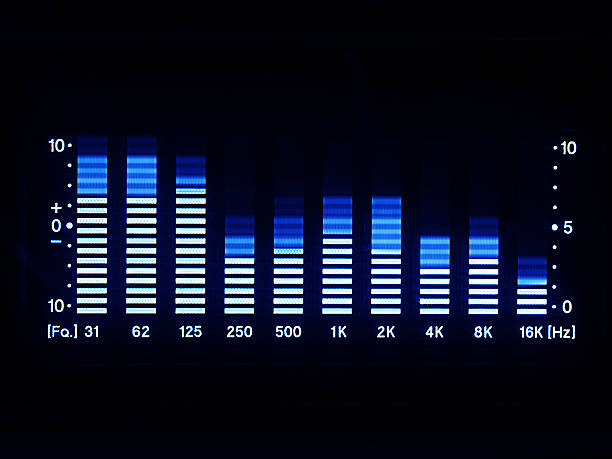When it comes to producing polished, professional-sounding music, EQ (equalisation) is one of the most powerful tools at your disposal—especially for vocals.

But the question many producers ask is, what is the best EQ setting for vocals? While there is no one-size-fits-all answer, this guide will walk you through the most effective EQ techniques for different vocal types, genres, and mix contexts.
Why EQ is important for vocals
Vocals are usually the focal point of a track. Poorly EQ’d vocals can make an otherwise great mix sound amateurish. Equalisation allows you to enhance clarity, reduce muddiness, remove harshness, and help the vocal sit perfectly in the mix.
Understanding vocal frequency ranges
Before diving into settings, it’s essential to understand the typical frequency range of vocals:
- Sub-bass (20–60 Hz) – Generally unnecessary for vocals; may contain rumble.
- Bass (60–250 Hz) – Adds body and fullness; too much creates muddiness.
- Low mids (250–500 Hz) – Affects warmth; prone to boxiness.
- Midrange (500 Hz–2 kHz) – Crucial for presence and articulation.
- Upper mids (2–5 kHz) – Impacts intelligibility; too much can sound harsh.
- Presence and air (5–20 kHz) – Adds clarity, brightness, and “air”.
The best general EQ setting for vocals
While every voice and recording is different, here’s a solid starting point for EQing vocals:
- High-pass filter (HPF):
Cut everything below 80–100 Hz to remove low-end rumble and plosives. - Low mid cut (250–500 Hz):
Gently reduce around 300–400 Hz to remove muddiness, especially in male vocals. - Presence boost (1–2.5 kHz):
A slight boost here can help the vocal cut through the mix and increase clarity. - Sibilance control (4–7 kHz):
Use a de-esser or dip harsh sibilant frequencies to tame sharp “S” and “T” sounds. - Air boost (10–15 kHz):
A light shelf boost can add brightness and sheen, making vocals sound more polished.
EQ tips for different vocal styles
Pop vocals:
- Boost upper mids (2–4 kHz) for clarity and sparkle.
- Add air (10–16 kHz) to brighten the top end.
Rap vocals:
- Cut 200–400 Hz to remove mud.
- Boost 1–3 kHz for punch and presence.
- Use minimal reverb to maintain a dry, upfront sound.
Rock vocals:
- Reduce harshness around 2–4 kHz.
- Add warmth with a small boost around 150 Hz.
Female vocals:
- Be careful with upper mids (3–6 kHz), which can become piercing.
- Air boosts (12 kHz+) work well to enhance brightness.
Common EQ mistakes to avoid
- Over-EQing: Too many cuts or boosts can thin out the vocal.
- Solo EQing: Always EQ vocals in the context of the full mix.
- Ignoring room issues: Bad room acoustics or mic placement can’t always be fixed with EQ.
- Neglecting dynamic EQ or multiband tools: These can help treat problem areas only when they occur.
Best EQ plugins for vocals
- FabFilter Pro-Q 3 – Industry favourite for precision EQ.
- Waves SSL E-Channel – Great for adding character.
- UAD Pultec EQP-1A – Adds warmth and sheen with classic analogue tone.
- TDR Nova (free) – Excellent dynamic EQ alternative.
Final thoughts on EQing vocals
So, what is the best EQ setting for vocals? There is no universal preset that works for every voice or genre, but understanding vocal frequency ranges and applying careful EQ moves will elevate your mix quality. Start with the guidelines above, and always trust your ears.



